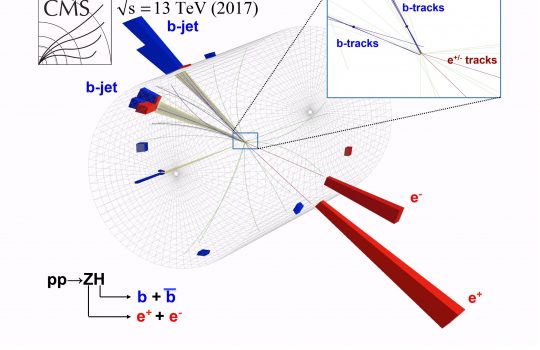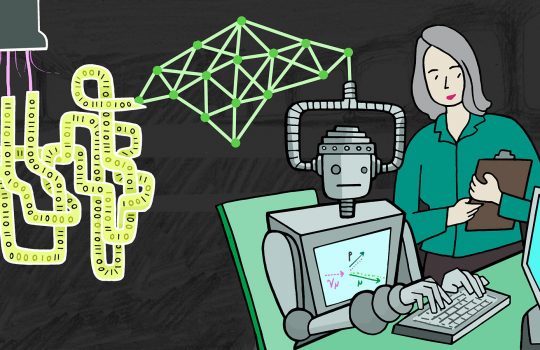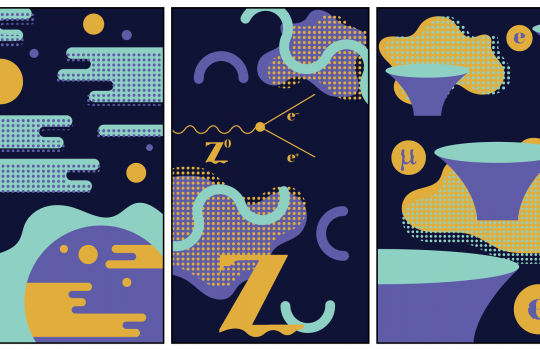The Large Hadron Collider turns 10: Here’s what’s next for particle physics
From Gizmodo, Sept. 11, 2018: The Large Hadron Collider started up in 2008, and in 2012, LHC scientists announced the discovery of the Higgs boson. Here’s what else is happening at the famous collider. Recent CMS spokesperson and Fermilab scientist Joel Butler comments.



